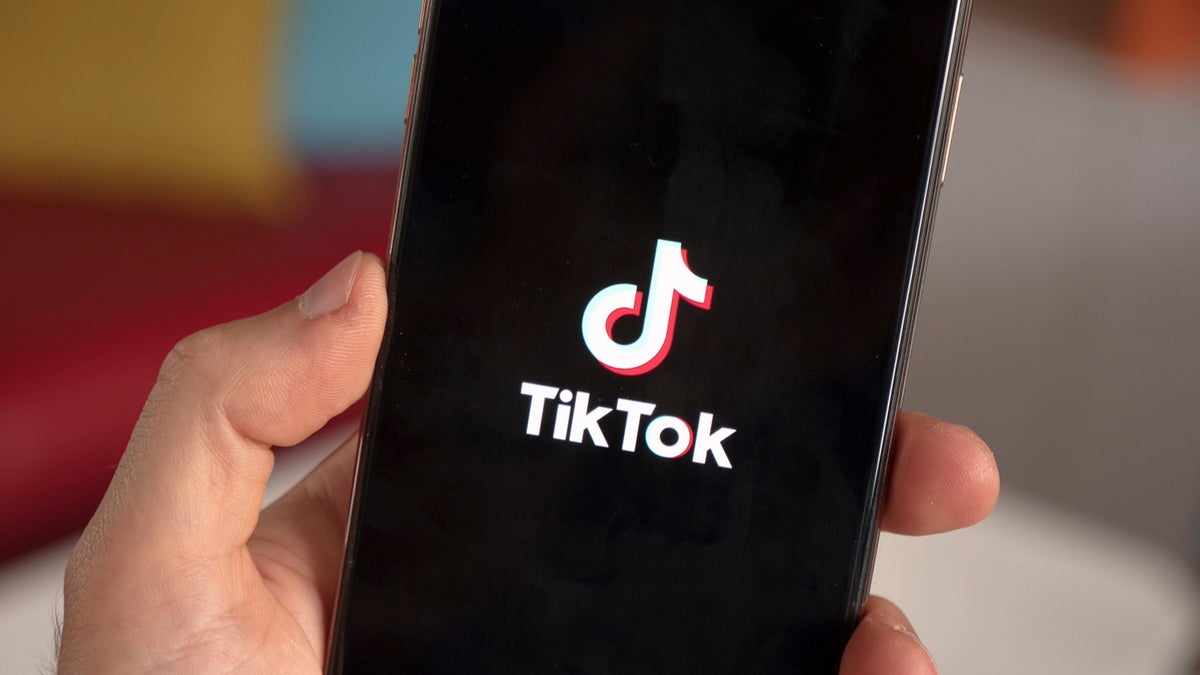Artificial intelligence is undoubtedly on the rise, and along with it, content platforms are faced with the challenge of navigating the potential issues it can bring.
Meta, for instance, has taken steps to label AI-generated content on Facebook and Instagram. Now, its main competitor, TikTok, is also jumping on the bandwagon.
AI-generated content coming from other platforms will also be labeled
TikTok is now rolling out automatic labeling for AI-generated content from other platforms. This means that if a creator shares content on TikTok that was crafted using a service like OpenAI’s DALL·E, it will automatically be tagged with an “AI-generated” label. This label serves to inform viewers that the content was created using AI.
To accomplish this the short-form video platform is leveraging Content Credentials, a technology developed by the Coalition for Content Provenance and Authenticity (C2PA), co-founded by Microsoft and Adobe. Content Credentials work by attaching detailed metadata to content, allowing TikTok to identify and label AI-generated content swiftly.
Yet, Content Credentials aren’t an infallible means of detecting AI. Content lacking the specific metadata TikTok seeks can still be uploaded and circulated on the platform without revealing its origins. While TikTok will prompt users to self-identify AI-generated content, participation in this process remains entirely voluntary.
Despite its limitations, this move is still expected to be largely effective because Content Credentials enjoy broad support as a standard among big tech players in the AI field.
It is worth noting that TikTok already labels content created with TikTok AI effects and the social media giant plans to introduce Content Credentials for AI-generated content produced using these effects. The Content Credentials metadata will provide information on the origin and editing process of the AI-generated content. It will also remain attached to the content even when downloaded.
Therefore, while TikTok is dedicated to labeling AI content within its own platform, it is also trying to ensure that AI content created on TikTok is accurately labeled when shared on other platforms. In a time filled with deepfakes and all-around confusion about what is human-made versus AI-generated, this move by TikTok is a necessary one.
